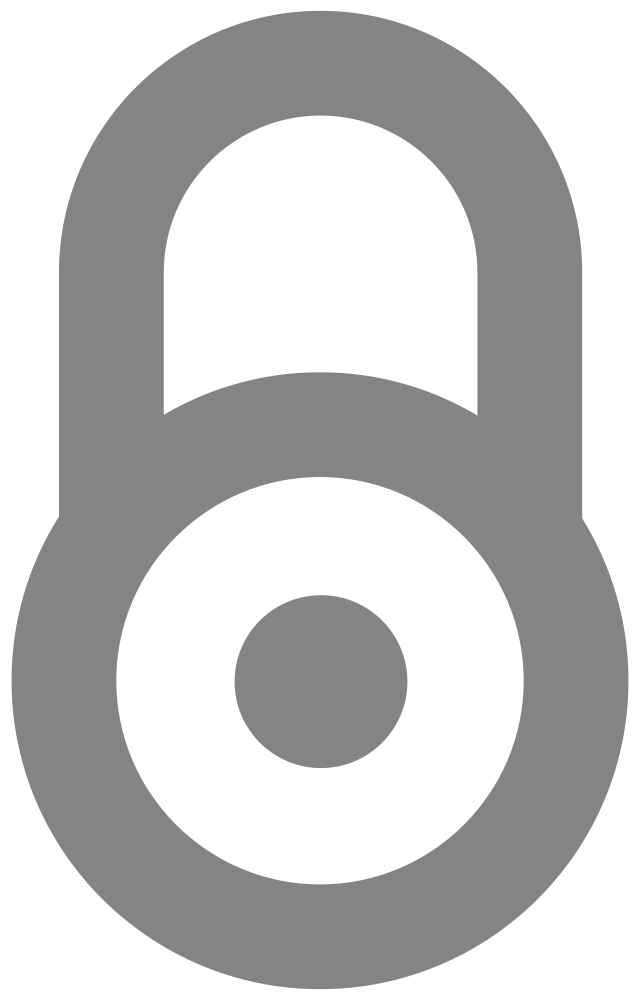| Abstract |
Physiological sensors are commonly applied for user state monitoring and consequent machine behavior adaptation in applications such as rehabilitation and intelligent cars. While more accurate user state monitoring is known to lead to better user experience, increased accuracy often requires more sensors or more complex sensors. The increased setup time and discomfort involved in the use of such sensors may itself worsen user experience. To examine this effect, we conducted a study where 72 participants interacted with a computer-based multitasking scenario whose difficulty was periodically adapted - ostensibly based on data from either a remote eye tracker or a lab-grade “wet” electroencephalography sensor. Deception was used to ensure consistent difficulty adaptation accuracies, and user experience was measured with the Intrinsic Motivation Inventory, NASA Task Load Index, and an ad-hoc scale. We found few user experience differences between the eye tracker and electroencephalography sensor - while one interaction effect was noted, it was small, and there were no other differences. This result is at first surprising and seems to indicate that comfort and setup time are not major factors for laboratory-based user experience evaluations of such technologies. However, the result is likely due to a suboptimal study protocol where each participant interacted with only one sensor. In future work, we will use an alternate protocol to further explore the effects of user comfort and setup time on user experience. |
| Authors |
Domen Novak  , Robert A. Kaya , Robert A. Kaya  , Collyn J. Erion , Collyn J. Erion   , Mohammad Sohorab Hossain , Mohammad Sohorab Hossain  , Joshua D. Clapp , Joshua D. Clapp  
|
| Journal Info |
Institute of Electrical and Electronics Engineers | 2022 IEEE International Conference on Systems, Man, and Cybernetics (SMC) , pages: 3776 - 3780
|
| Publication Date |
10/6/2024 |
| ISSN |
|
Type |
article |
| Open Access |
closed

|
| DOI |
https://doi.org/10.1109/smc54092.2024.10831219 |
Keywords |
|